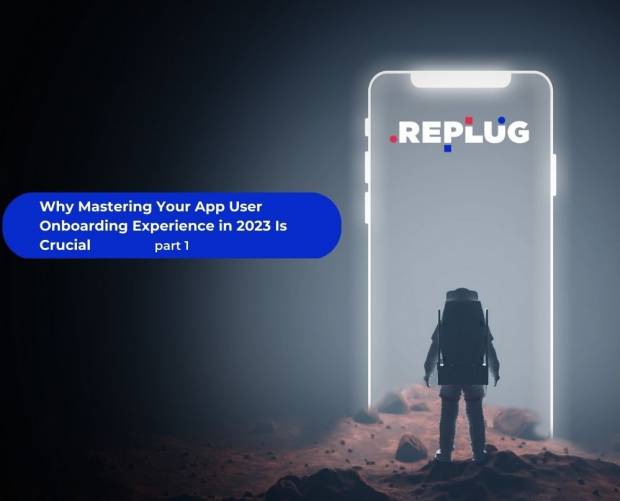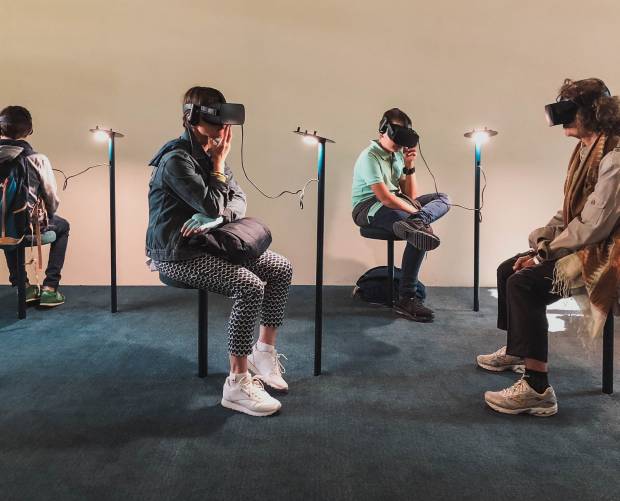 It’s an ecosystem. Or rather, the gateway to an ecosystem. For sure, there are some neat things about the Amazon Fire when it’s considered as a mobile phone. The 13 megapixel camera, which promises to take better pictures in low light, and the 3D ‘Dynamic Perspective’ screen that adds depth to the graphical display, promising to render images in 3D and to recognise movements of the head as commands.
It’s an ecosystem. Or rather, the gateway to an ecosystem. For sure, there are some neat things about the Amazon Fire when it’s considered as a mobile phone. The 13 megapixel camera, which promises to take better pictures in low light, and the 3D ‘Dynamic Perspective’ screen that adds depth to the graphical display, promising to render images in 3D and to recognise movements of the head as commands.
But even if the Fire is a massive success, any money Amazon makes from sales of the device will be dwarfed by the sales of other stuff from Amazon that it facilitates. If all goes to plan.
Look at Hudl, the tablet from Tesco. That’s not so much about the grocery retailer making money from selling tablets as it is about them pulling together a captive audience of Tesco shoppers who they can sell more stuff to using the device. As CEO Philip Clarke told Radio 5 Live last month when discussing the launch of the Hudl phone: “The opportunity in multichannel retailing … is what led us to develop the Hudl tablet.”
Watch the Getting Started with Hudl video on YouTube, and around two minutes in, after he’s explained how to switch it on and where the headphones go, the presenter says: “This ‘T’ symbol in the bottom left corner is handy too, giving you access to all your Tesco services. It’s all here, from your weekly grocery shop, to Tesco Bank. You can also view your grocery orders from the device’s homepage… You can even listen to music and watch the latest movies, with BlinkBox”. You get the idea.
Amazon Fire is like Hudl on whatever Lance Armstrong used to take to win the Tour de France. Forget an ‘A’ symbol in the bottom left hand corner or anywhere else. With the Fire, you simply point the phone at any one of 100m (that’s 100 million) items in the Firefly (the name of the service) portfolio and the next thing you know you’re on the ‘Add to Basket’ page. A couple of clicks later and the item in question is winging its way to your doorstep via the Amazon Prime service, which guarantees two-day delivery and comes baked in with the phone contract, for 12 months.
The phone is initially available in the US through AT&T, at $199 with a two-year contract. Its launch has not been greeted with universal euphoria. “The launch falls short of the promise,” says Geoff Blaber, VP research, Americas, at the analyst, CCS Insight. “Innovation in hardware had to be accompanied by disruption in device and service pricing and Amazon is yet to deliver either of these ingredients.
"Amazon is a low-margin business entering an intensely competitive and cost-sensitive business in smartphones. To justify that investment and to drive Prime adoption, Amazon has to be differentiating through disruption rather than joining the status quo… The Fire Phone is a capable device with some novel innovation. However, at $199 it simply isn’t disruptive enough. It will face an uphill struggle both attracting existing Prime users and acquiring new ones.”
But I don’t really think the success of the Fire will be measured in sales of the Fire. Everyone from Apple to Tesco via Facebook and Google in between is looking for a captive audience. The Fire is Amazon’s play. If it succeeds, those retailers terrified of the showrooming currently taking place in their stores should be warned: in the words of Bachman Turner Overdrive (for those old enough to remember them), “You ain’t seen nothin’ yet”.




